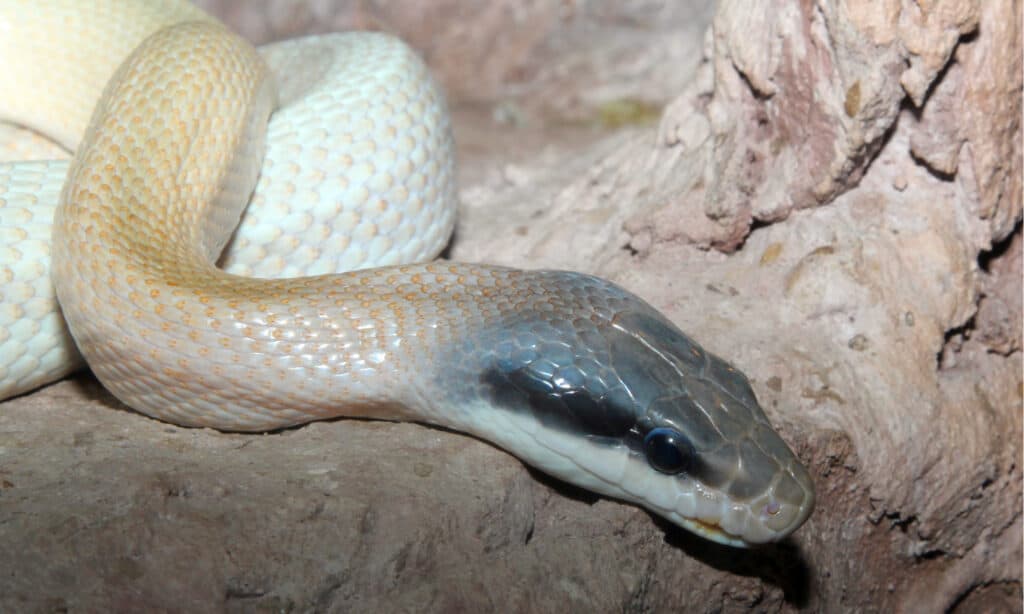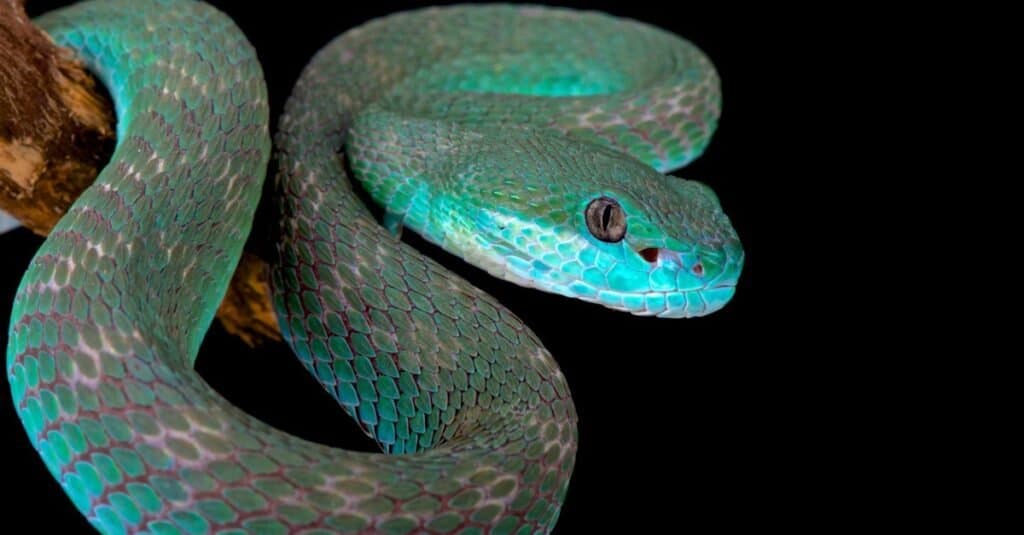Introduction
Snake bites are a significant clinical emergency situation that can happen in numerous atmospheres, especially in areas where Infection Control serpents prevail. In Australia alone, there are countless species of venomous serpents such as the Tiger Serpent, Eastern Brown Serpent, and King Brown Serpent. Recognizing how to properly manage serpent attacks is essential for any person who hangs around outdoors or lives in backwoods. This post will check out extensive emergency treatment management strategies for snake attacks and detail best practices for replying to these incidents.

First Help Monitoring of Serpent Bites: Ideal Practices for each Situation
When handling a snake bite, the initial response can considerably influence the victim's outcome. Immediate activity is important due to the fact that quick clinical treatment frequently figures out the degree of injury or survival rate. Below are vital emergency treatment concepts to keep in mind:
Stay Calm: The primary step in taking care of a serpent bite is to continue to be calm. Panic can boost heart rates and raise the spread of poison throughout the body. Call for Help: Dial emergency situation solutions immediately. Supply them with your place and any information concerning the serpent if possible. Keep the Target Still: Urge the sufferer to stay as still as possible. Movement can enhance blood circulation, accelerating poison absorption right into the bloodstream. Positioning: If feasible, place the affected arm or leg at or listed below heart degree. This positioning assists slow down venom spread. Remove Tight Clothing: Loosen up any clothing or precious jewelry around the bite site; swelling might happen swiftly after a snake bite. Do Not Use Ice/Cold Packs: As opposed to popular belief, using ice can worsen cells damages and should be avoided.Understanding Serpent Variety and Their Habitats
Tiger Serpents and Their Habitat
Tiger snakes (Notechis scutatus) are among Australia's a lot of well-known venomous serpents due to their aggressive nature and potent venom.
- Habitat: They generally inhabit seaside regions, wetlands, and areas with dense plant life like marshes and swamps. Risks: Awareness of regional tiger serpent habitats can minimize the risk of encountering one unexpectedly.
Eastern Brown Snakes: A Considerable Threat
The Eastern Brown Snake (Pseudonaja textilis) is another extremely venomous species found throughout eastern Australia.
- Habitat: This serpent thrives in city locations, agricultural lands, and grasslands. Behavior: Known for its fast strikes when intimidated, recognizing its habits may help reduce encounters.
Recognizing Symptoms of Snake Bites
Identifying symptoms at an early stage can boost chances of efficient treatment:
Local Symptoms:- Pain and swelling around the bite site Discoloration or bruising
- Nausea or vomiting Difficulty breathing Signs of shock (e.g., pale skin, fast heart beat)
First Aid Procedures for Details Snake Bites
First Help for Tiger Serpent Bite
In case of a tiger snake bite:
Stay calmness; keep still. Call emergency situation services immediately. Immobilize the impacted arm or leg utilizing a splint if available. Do not attempt to suck out poison or use ice.First Aid for Eastern Brown Snake Bite
For an eastern brown snake bite:
Keep tranquility; assure the victim. Call emergency situation services without delay. Position them pleasantly while preventing movement. Mark the sides of swelling with a pen when possible for observation.Creating Your Snake Bite Emergency Treatment Kit
A well-prepared first aid kit can make all the distinction throughout emergency situations:
|Item|Objective|| -------------------------------|---------------------------------------------------|| Compression bandages|To paralyze limbs|| Sterilized gauze|To cover injuries|| Antihistamines|For allergies|| Emergency get in touch with numbers|Quick access throughout dilemmas|| Instruction manual|Step-by-step advice on handling emergency situations|

What Should You Never Do When Dealing With a Snake Bite?
Here's a checklist of usual mistakes when treating snake attacks:
Do not use tourniquets; they can create even more damage than good. Avoid reducing into or trying to suck out poison from the wound. Never offer alcohol or energizers to sufferers as it might aggravate their condition.FAQs Regarding Emergency treatment Administration of Snake Bites
Helpful resources1. What need to I do if I see a snake?
Stay tranquility and pull back slowly without sudden movements.
2. How do I identify if a snake is venomous?
Research regional types' characteristics; numerous have distinct color scheme or markings.
3. Can I make use of ice on a snake bite?
No, using ice can raise cells damage.
4. How long do I have actually after being bitten before seeking clinical attention?
Seek medical attention quickly-- time is essential Check out here with venomous bites!
5. Is it risk-free to drive myself to the health center after a bite?
No! It's dangerous as signs may intensify en route; await expert help.

6. Are all snakes in Australia dangerous?
No! While Australia has many harmful snakes, there are likewise non-venomous varieties that pose no threat.
Conclusion
The first aid monitoring of serpent attacks requires timely action combined with understanding regarding neighborhood species' habits and environments like those of tiger serpents and eastern brownish serpents in Australia. By complying with finest methods laid out above-- such as remaining calm, calling emergency situation solutions promptly, and understanding what not to do-- you dramatically boost survival opportunities after such mishaps occur.
Equipping yourself with knowledge about different kinds of snakes in your area and preparing a proper first aid kit will guarantee you prepare needs to an encounter arise-- making you much better prepared to manage this possibly deadly situation effectively!